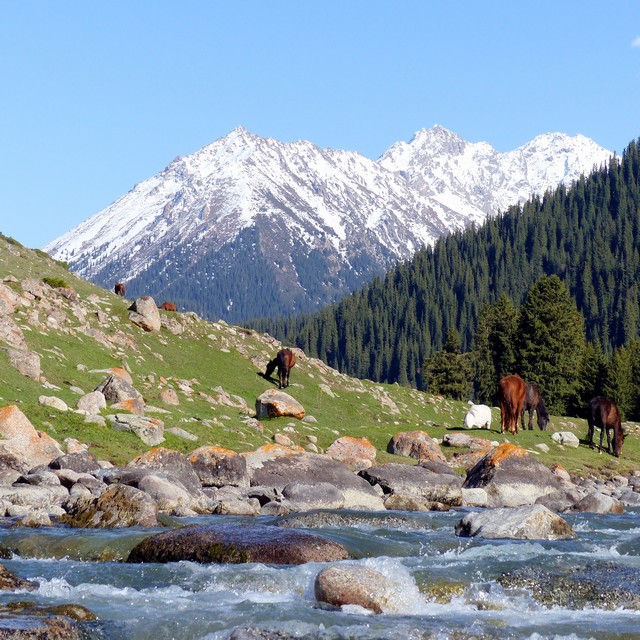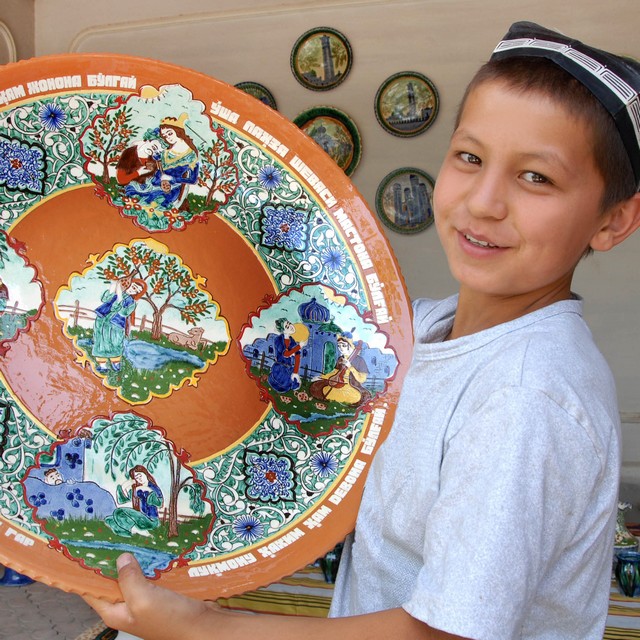
Kyrgyzstan Explorer
Kyrgyzstan
Culture | Silk Road
Heavenly mountains, eagle trainers and glittering lakes
£2,095 pp
This is the per person group tour price, based on 2 sharing. The price is subject to change with exchange rate and flight cost fluctuations.
12 days
2026:
13 June, 08 August
2027: 12 June, 07 August
More
2027: 12 June, 07 August
